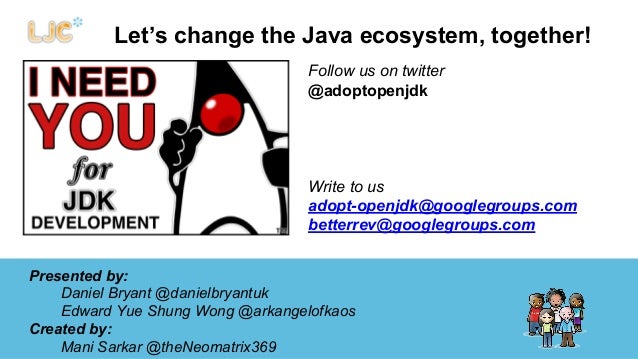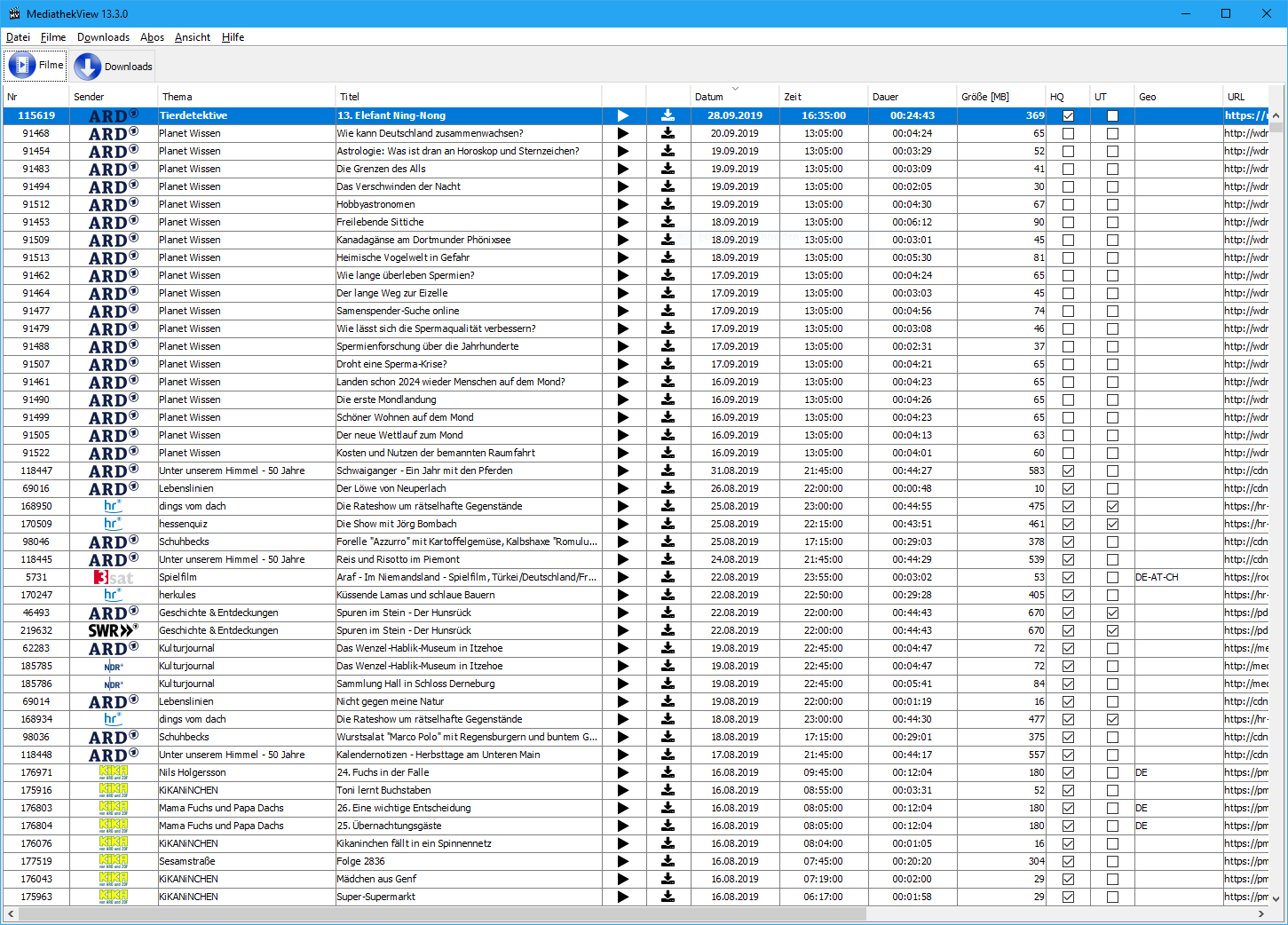

If you want to put your Java or Clojure or Kotlin or Scala application in a container, and benefit from Alpine’s small size, you need some way to run your JVM on musl! Project Portola Why am I telling you, dear Java programmer, about C and C++ Kernel APIs? Well, because you use an application written in C++ to do a lot of your work: The JVM! And how the JVM interacts with the Linux kernel is critical to how it can be used in containers. So C or C++ code which is compiled against glibc will not run on a musl system, and vice-versa.

Although they are abstractions over the same underlying thing (the Linux Kernel binary interface), they expose slightly different APIs. What are glibc and musl? They are programming APIs for the Linux Kernel, doing such things as opening files or network connections. However, there is an important difference between Alpine and other common Linux distros: it does not use glibc, instead it uses musl. First of all it’s very small - 4.4mb, while a typical Linux “slim” image might be over 100. Alpine, Musl and the JVMįor many use-cases, Alpine Linux is the ideal base image to use. This post talks through some of the options and pitfalls in building small JVM container images based on Alpine Linux.

This is a great time to do so, with many new container-friendly features being added in each release starting with JDK 8. Now that JDK 11 is fully released with a raft of excellent new features, many developers are looking to use it in containerized environments.


 0 kommentar(er)
0 kommentar(er)
